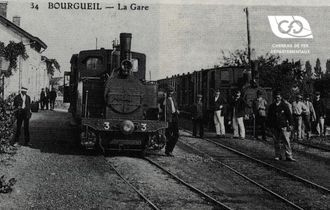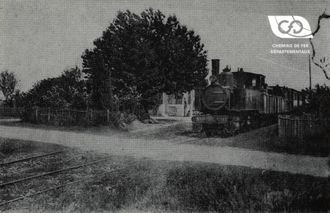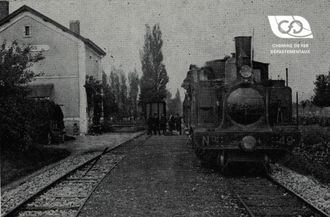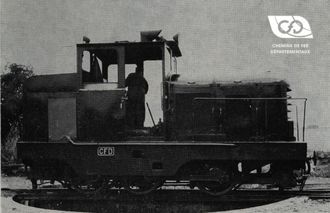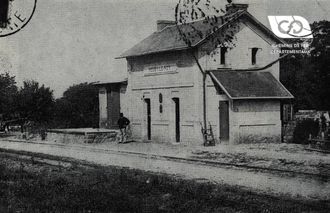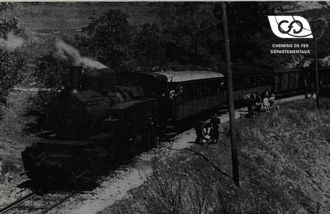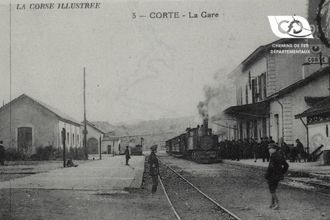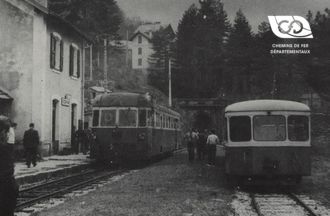Detailed description of the locomotive type Indre-et-Loire (030)
The C.F.D. Company had obtained the concession for the line from Port-Boulet to Château-Renault, because of the excessively low price it had offered for its construction, in order to make itself known and obtain references. As a result, the network had been equipped with economical Sarthe-type equipment, and the C.F.D. had chosen the 15 kg/m rail to establish its track. The track had allowed only light machinery with a maximum weight of 5.5 t per axle.
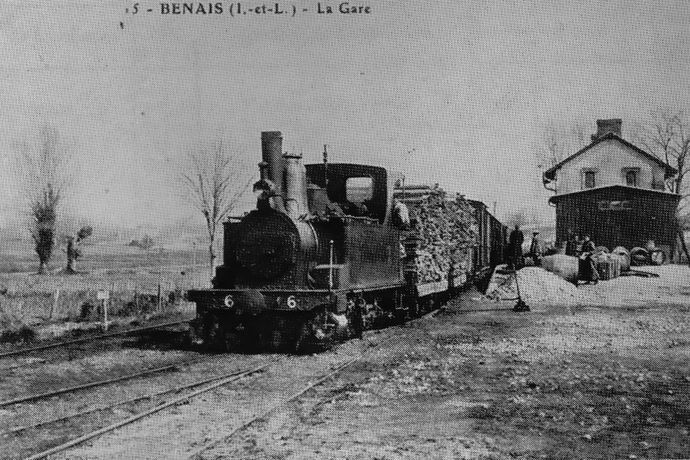
Of Belgian origin, the Company had naturally chosen a model proposed by a manufacturer from this country and focused on the type 3 AC of the Saint-Léonard firm in Liège, which met its needs.
These 3-axle coupled machines were equipped with a Walschaert distribution and a Belpaire furnace boiler made of copper and brass tubes. The chassis was outside the wheels with a wheelbase of 2.40 m which limited the overhang to a maximum. In addition, the attack of the centre axle by the driving rods, as well as the combination of the suspension springs by means of balancers, contributed to the good track-holding of these machines, even at the speed of 50 km/h which they were sometimes required to practice, despite their 0.80 m wheels.
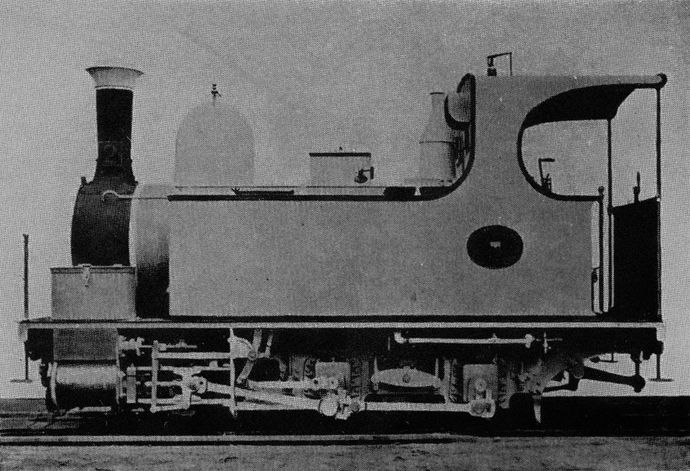
The smoke box door was a double door. The dome located on the front ferrule carried the balance valves and the second one the runner. The shelter, with a wrap-around roof, was quite spacious, had its front face pierced with two visor bays for the observation of the track and the side cheeks were cut into scoties. The stern was completely open, above the belt, and soon had to be closed by a plate pierced with two portholes, in order to protect the personnel, when the machine had to return without having been turned.
When they were delivered, they were painted black with yellow inscriptions. The dome and cylinders were covered with polished brass sheets. Their chimney was crowned with a polished brass capital, later these were removed and the machines were painted green and black and their front and rear crosspieces in vermilion red.
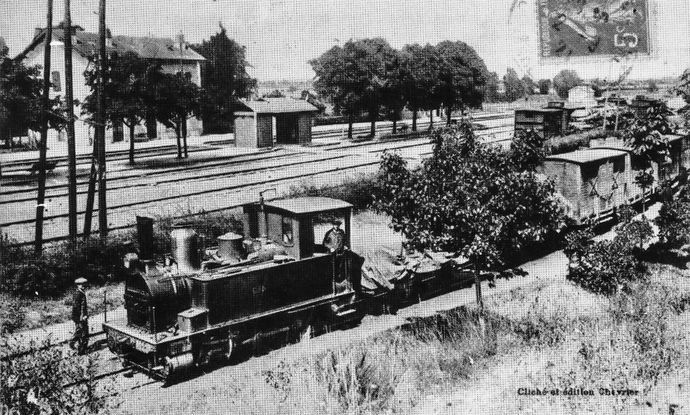
On series 1 to 6, an oval brass plate with the company name and machine number was attached on each side and in line with the cab. On the forward and aft cross members, the number was painted on each side of the centre pad.
Engines 7 and 8 differed from the original series only in a few details, including the shape of their overhanging roof shelter, which had increased the height of the front bays and narrower, straighter side cheeks. The inscriptions were painted in yellow: the initials of the company were written in the middle of each water box and the registration on the front and rear crossbars consisted of the word 'N' to the left and the order number to the right of the central stamp.






